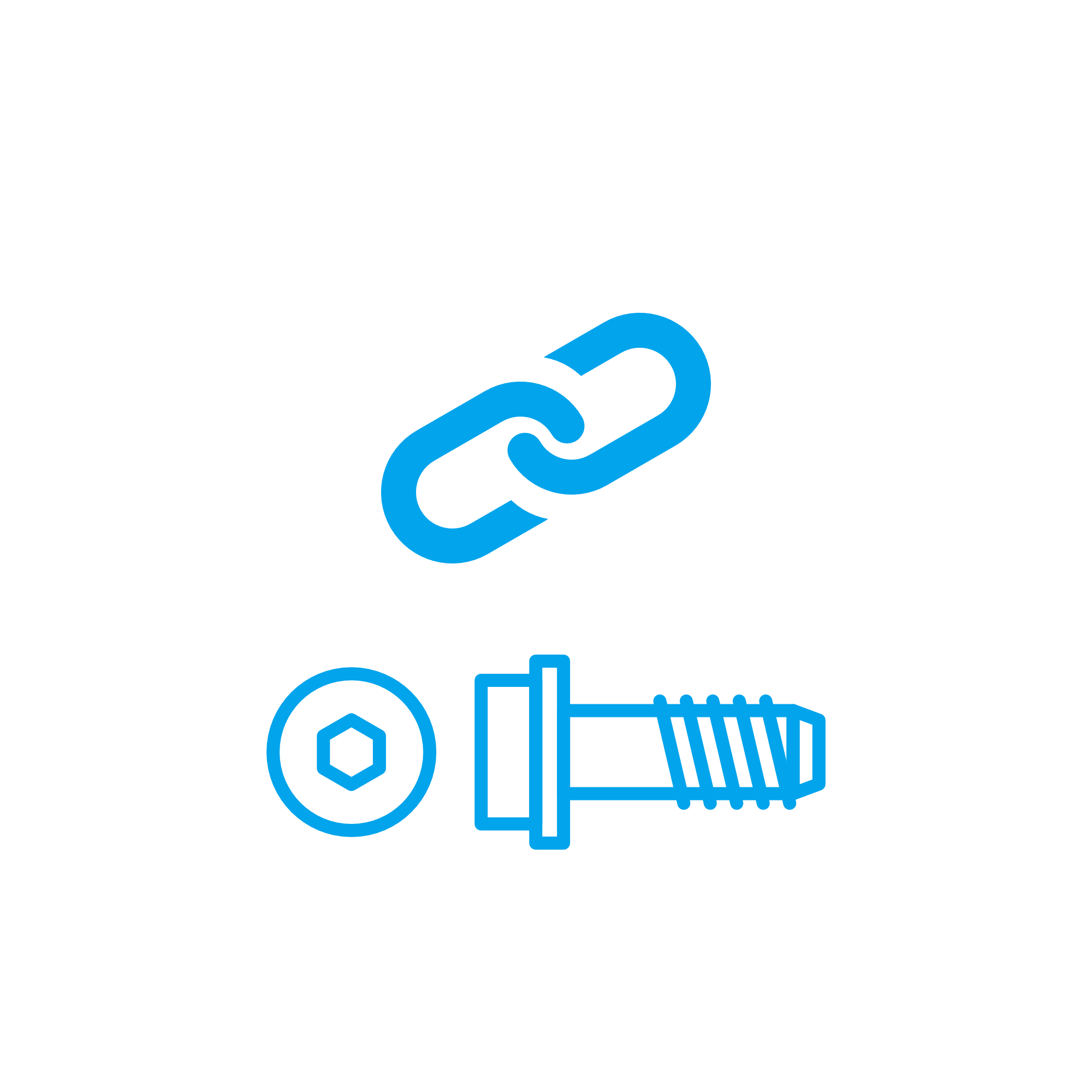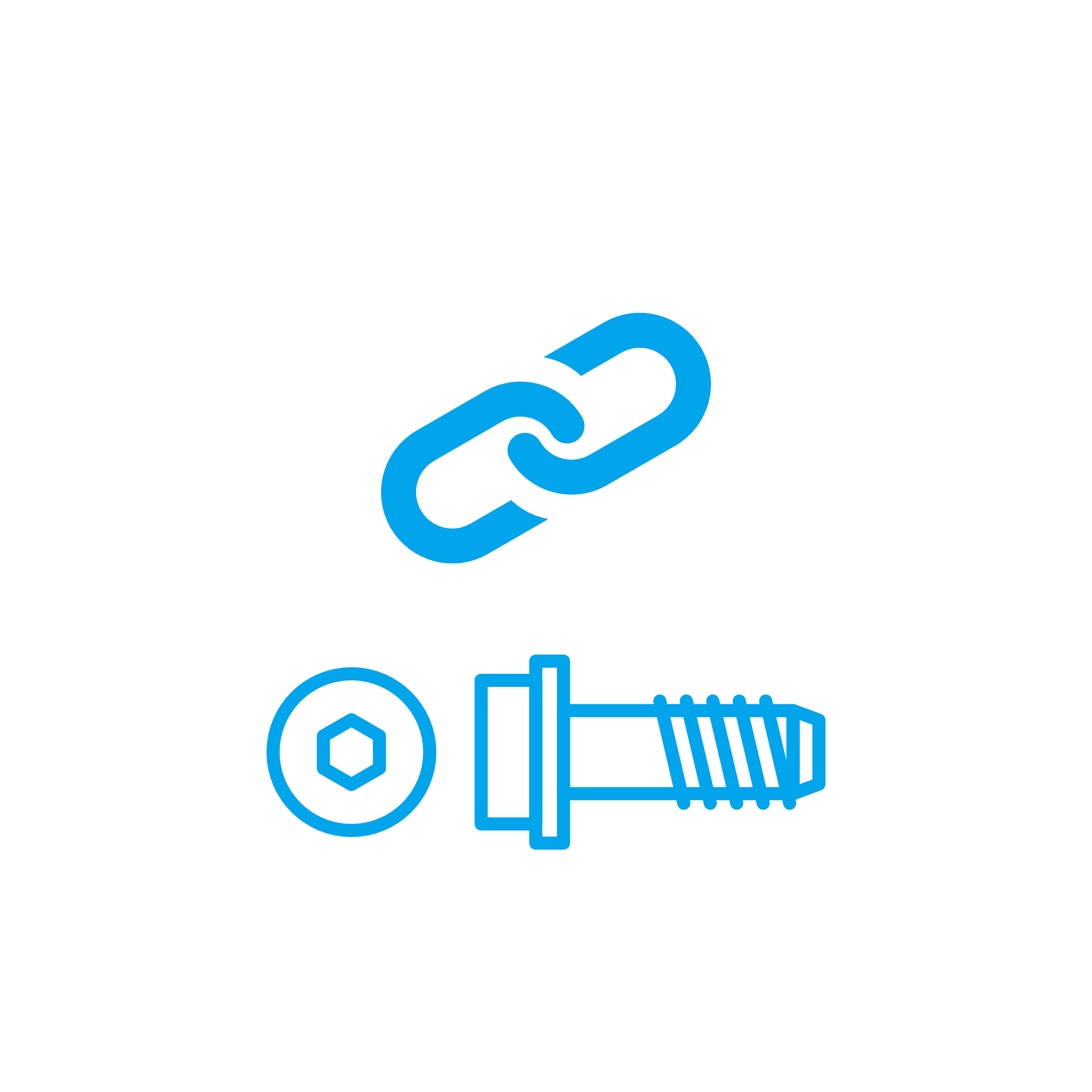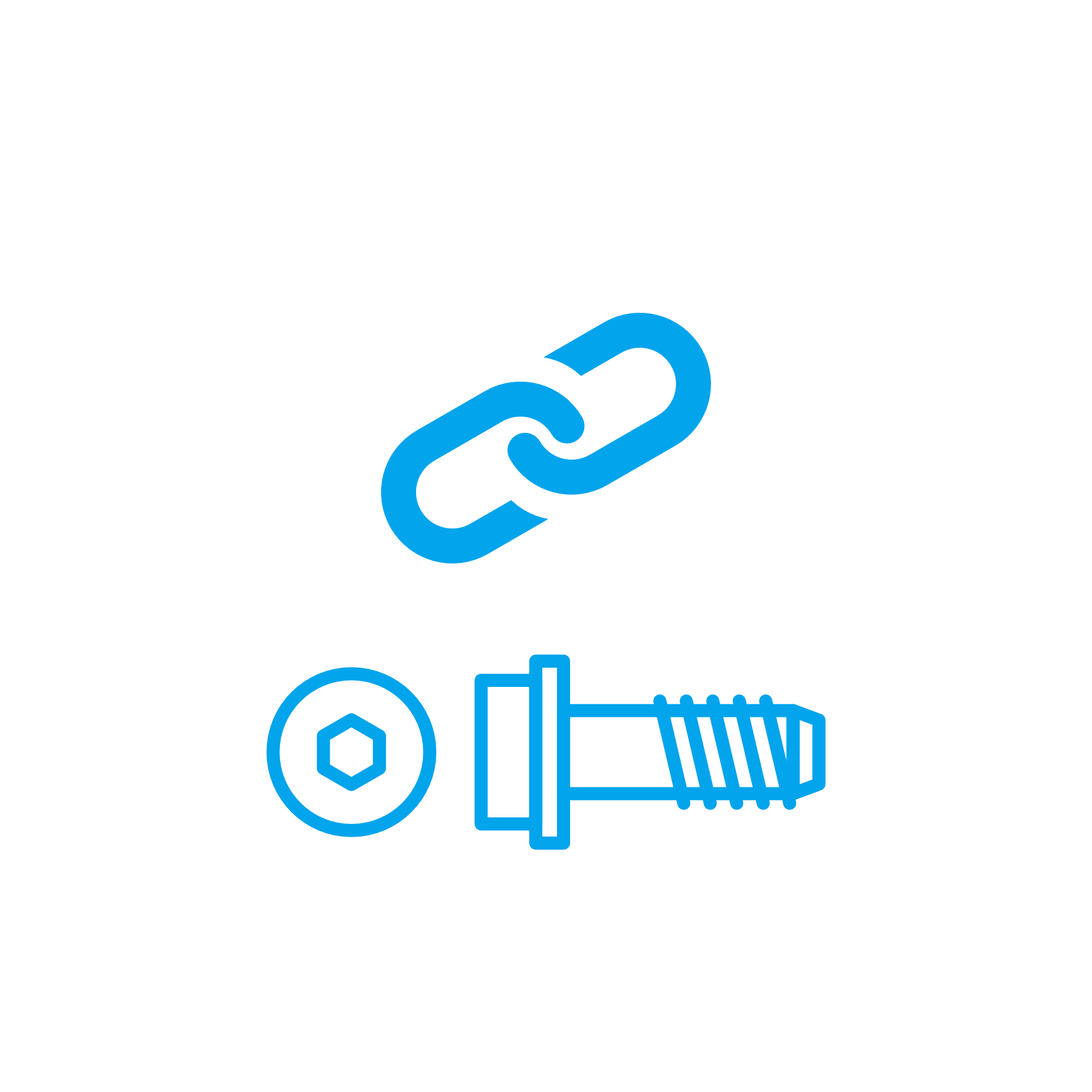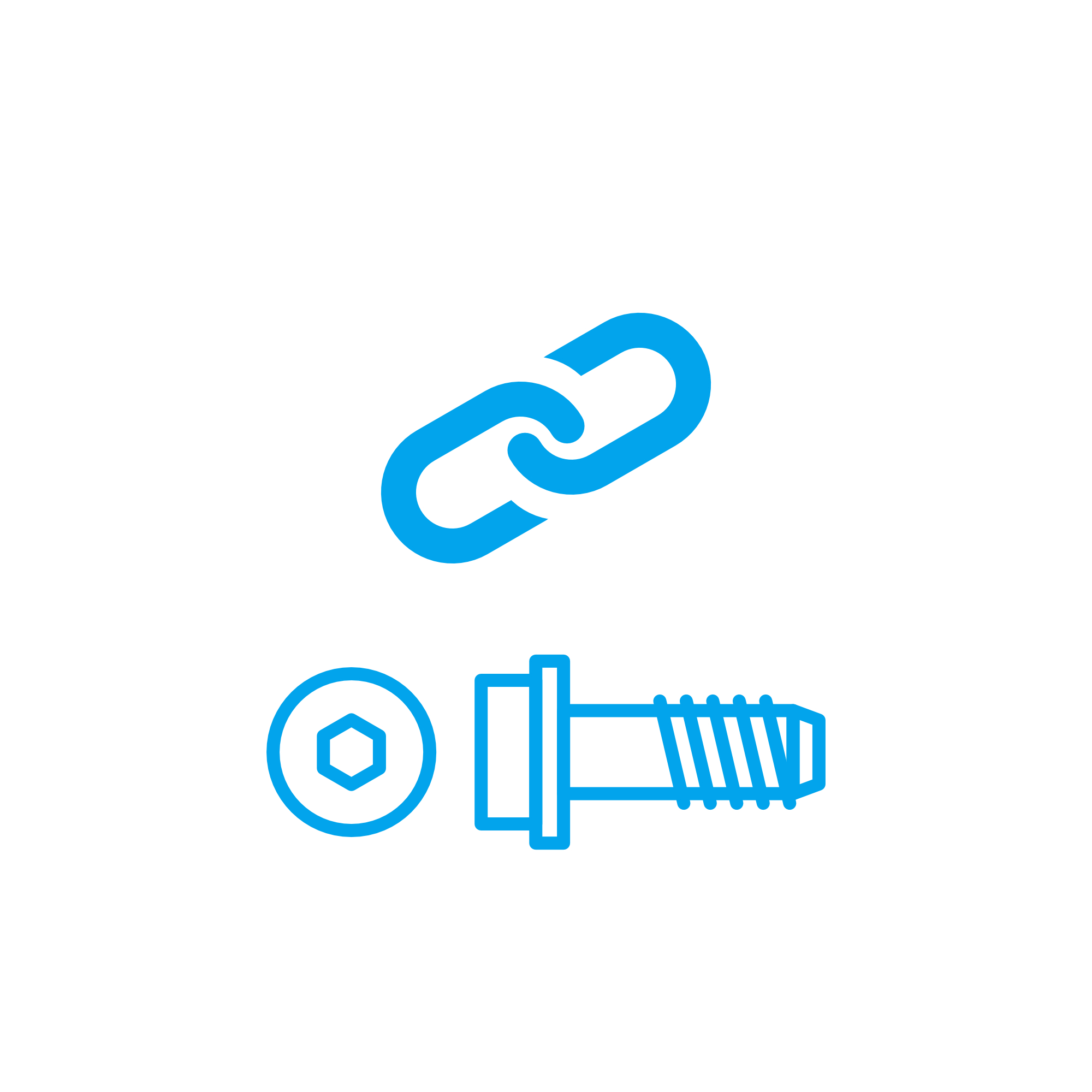TAPER PIN Connecting elements for robust marine, diesel, and gas engines
Connecting elements are the small but decisive components that hold complex engine assemblies together. In high-output marine engines, industrial diesel engines, and stationary gas engines, these parts create precise alignment, transmit forces safely, and prevent micro-movements that would otherwise lead to wear and failure. Within this category, the TAPER PIN plays a key role wherever components must be positioned with repeatable accuracy and locked against relative motion.
From couplings and gear trains to auxiliary drives and housings, connecting elements such as pins, keys, bolts, and studs ensure structural integrity across split lines and interfaces. They stabilize load paths, maintain geometry under vibration, and protect bearings, seals, and gear meshes by keeping parts exactly where the designer intended. Because they are frequently hidden inside critical joints, their quality and fit have a disproportionate impact on engine performance and service life.
Technical function of connecting elements and TAPER PIN in engine assemblies
A TAPER PIN provides a self-seating, friction-enhanced location between two components that have matching tapered holes. Commonly manufactured to a 1:50 or 1:48 taper and installed in precisely reamed seats, it centers parts as the pin is driven home, eliminating play at the joint. In a diesel engine or marine engine, that means timing gears remain true, coupling flanges stay concentric, and casings align correctly with minimal runout. The line contact along the taper produces strong radial holding power and excellent repeatability after disassembly and reassembly.
Compared to straight dowels, a TAPER PIN can be removed without causing hole distortion, which benefits scheduled overhauls. It resists fretting by maintaining intimate contact along the tapered surface and shares shear loads efficiently when paired with bolts or studs. In practice, engineers specify taper pins for fuel injection pump brackets, governor housings, turbocharger casings, flywheel or gear hubs, and split bearing caps, where accurate re-location is essential. When sourced as TAPER PIN OEM parts, the taper angle, surface finish, and hardness are controlled to match the mating geometry of the engine maker’s drawings, ensuring repeatable fits and service consistency.
Because connecting elements work as a system, the pin’s function complements clamping fasteners: bolts provide preload; the TAPER PIN provides precise alignment and anti-shear capacity; the joint as a whole carries dynamic loads with reduced micro-slippage. This synergy directly supports efficiency by protecting clearances, improving balance, and stabilizing vibration behavior.
Key characteristics and advantages of connecting elements
· Precise alignment of housings, gears, and flanges
· High shear capacity with controlled load sharing
· Reduced fretting and vibration at joints
· Repeatable fit for reliable overhauls
· Proper geometry preserves bearing and seal life
· Material and heat treatment matched to engine duty
· Corrosion resistance for marine engine environments
Why connecting elements are critical for engine reliability
When connecting elements or a TAPER PIN wear, loosen, or deviate from specification, the entire assembly is at risk. Misalignment can shift gear contact patterns, accelerate tooth wear, and increase noise. In couplings, a small offset quickly becomes elevated vibration, which over time damages bearings and shaft seals. Fretting at joint faces creates metal debris that contaminates lubricants and undermines surface integrity, while lost alignment in timing components can degrade combustion efficiency and raise fuel consumption.
Other failure modes include ovalized bolt holes from micro-movement, cracked flanges from unintended bending moments, and hot-running bearings due to geometry loss. In marine engine applications, corrosion can further reduce interference fits and compromise the seating of the TAPER PIN, making periodic inspection and correct replacement essential for safe operation and long service intervals.
Advantages of OEM spare parts suitable for connecting elements and TAPER PIN
Using OEM spare parts suitable for connecting elements ensures that taper angle, diameter progression, and length conform exactly to the engine’s specified geometry. The benefits are tangible throughout the lifecycle:
· Consistent tolerances deliver true seating and repeatable alignment
· Verified material grades and heat treatment secure shear strength and fatigue resistance
· Surface finish and straightness minimize fretting and ease removal during overhauls
· Protective coatings and stainless options support harsh salt-laden environments
· Dimensional interchangeability shortens downtime during planned maintenance
· Documented traceability supports compliance and risk management
· Correct fit reduces rework, protecting schedules and budgets
For critical joints—bearing caps, timing gear hubs, coupling flanges—the precision of TAPER PIN OEM parts directly sustains engine performance, protects adjacent components, and helps maintain fuel efficiency and emissions stability.
MOPA: Fast, quality-assured partner for OEM spare parts connecting elements
MOPA supplies OEM spare parts suitable for connecting elements across leading diesel and gas engine platforms, including TAPER PIN selections for marine engine and industrial power applications. Customers benefit from short lead times, rigorously vetted quality, and secure international logistics. Every shipment is handled with attention to documentation, batch traceability, and protective packaging to keep parts installation-ready.
With deep product knowledge and a focus on critical fit features—taper accuracy, hardness, and corrosion resistance—MOPA supports maintenance teams, shipowners, and plant operators in planning overhauls and minimizing downtime. Whether you need a single TAPER PIN for a coupling refurbishment or a complete kit of connecting elements for a major overhaul, MOPA streamlines sourcing and delivers with speed and reliability.
TAPER PIN support for diesel engine and gas engine maintenance
MOPA’s portfolio covers common taper standards, diameters, and lengths matched to engine maker specifications, enabling straightforward one-to-one replacement during yard periods or plant shutdowns. Technical support helps identify the correct TAPER PIN OEM parts and complementary connecting elements to restore factory geometry and extend service intervals.
Conclusion
Connecting elements are foundational to engine integrity, and the TAPER PIN is the precision locator that keeps critical interfaces aligned under real-world loads. Choosing OEM spare parts suitable for connecting elements safeguards performance, reliability, and lifecycle cost by ensuring the right fit, the right material, and dependable repeatability at every overhaul.








